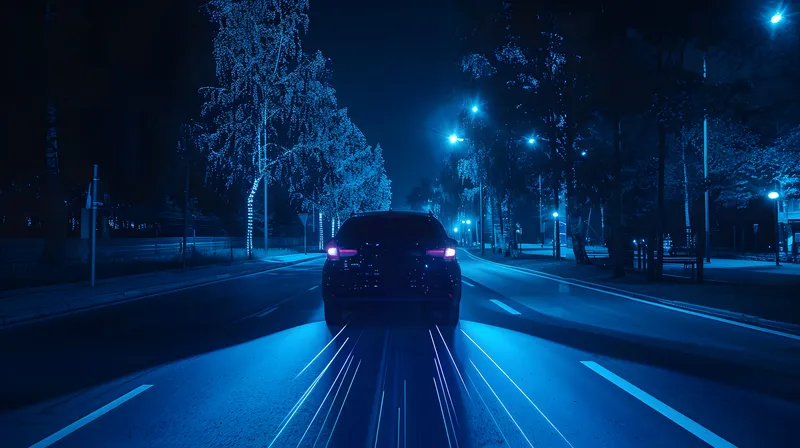Wellington City Council in New Zealand has installed new electronic signs designed to help road users find available parking spaces. Five signs located around the city provide real time information to advise drivers of the number of available spaces in nearby car parks. The technology behind the signs is proven and used in Auckland and other main centres around New Zealand. Car park operators Wilson Parking, Care Park and Tournament worked in partnership with the council to get the new signs up and running
October 17, 2012
Read time: 2 mins
Wellington City Council in New Zealand has installed new electronic signs designed to help road users find available parking spaces.
Five signs located around the city provide real time information to advise drivers of the number of available spaces in nearby car parks. The technology behind the signs is proven and used in Auckland and other main centres around New Zealand.
Car park operators6732 Wilson Parking, 6733 Care Park and Tournament worked in partnership with the council to get the new signs up and running. The Council's Transport Portfolio Leader councillor Andy Foster, who is responsible for the city's transport systems, says the signage will be a huge boost to drivers in the capital, making parking much quicker and easier.
"The signs should remove a lot of frustration experienced by drivers in the past. People can see at a glance where there are available spaces and then decide which car park to drive to, instead of driving round the block numerous times and wasting petrol," says councillor Foster.
"With such a level of investment, we wanted to make sure the technology wouldn't become outdated. We've done a lot of research, and made sure that the systems are compatible and flexible enough to cope with technology changes in the future. This is a tried and tested system that works really well for drivers in other towns and cities in New Zealand, and now for Wellingtonians too."
Five signs located around the city provide real time information to advise drivers of the number of available spaces in nearby car parks. The technology behind the signs is proven and used in Auckland and other main centres around New Zealand.
Car park operators
"The signs should remove a lot of frustration experienced by drivers in the past. People can see at a glance where there are available spaces and then decide which car park to drive to, instead of driving round the block numerous times and wasting petrol," says councillor Foster.
"With such a level of investment, we wanted to make sure the technology wouldn't become outdated. We've done a lot of research, and made sure that the systems are compatible and flexible enough to cope with technology changes in the future. This is a tried and tested system that works really well for drivers in other towns and cities in New Zealand, and now for Wellingtonians too."









